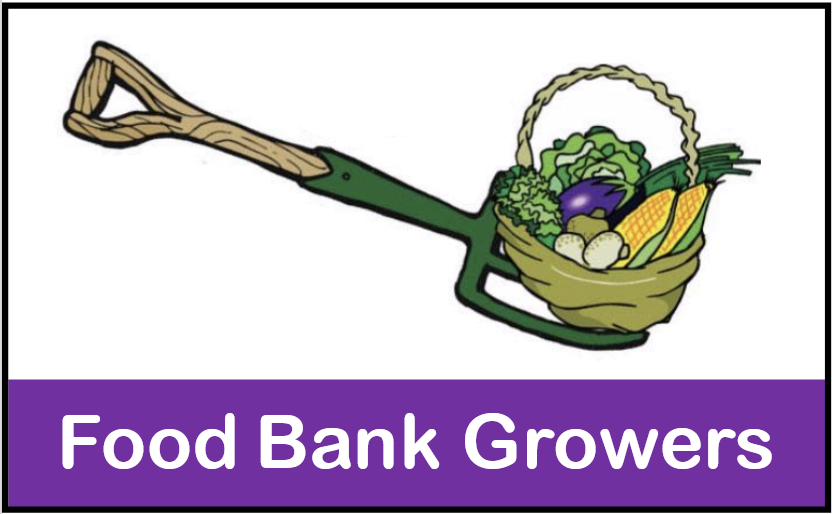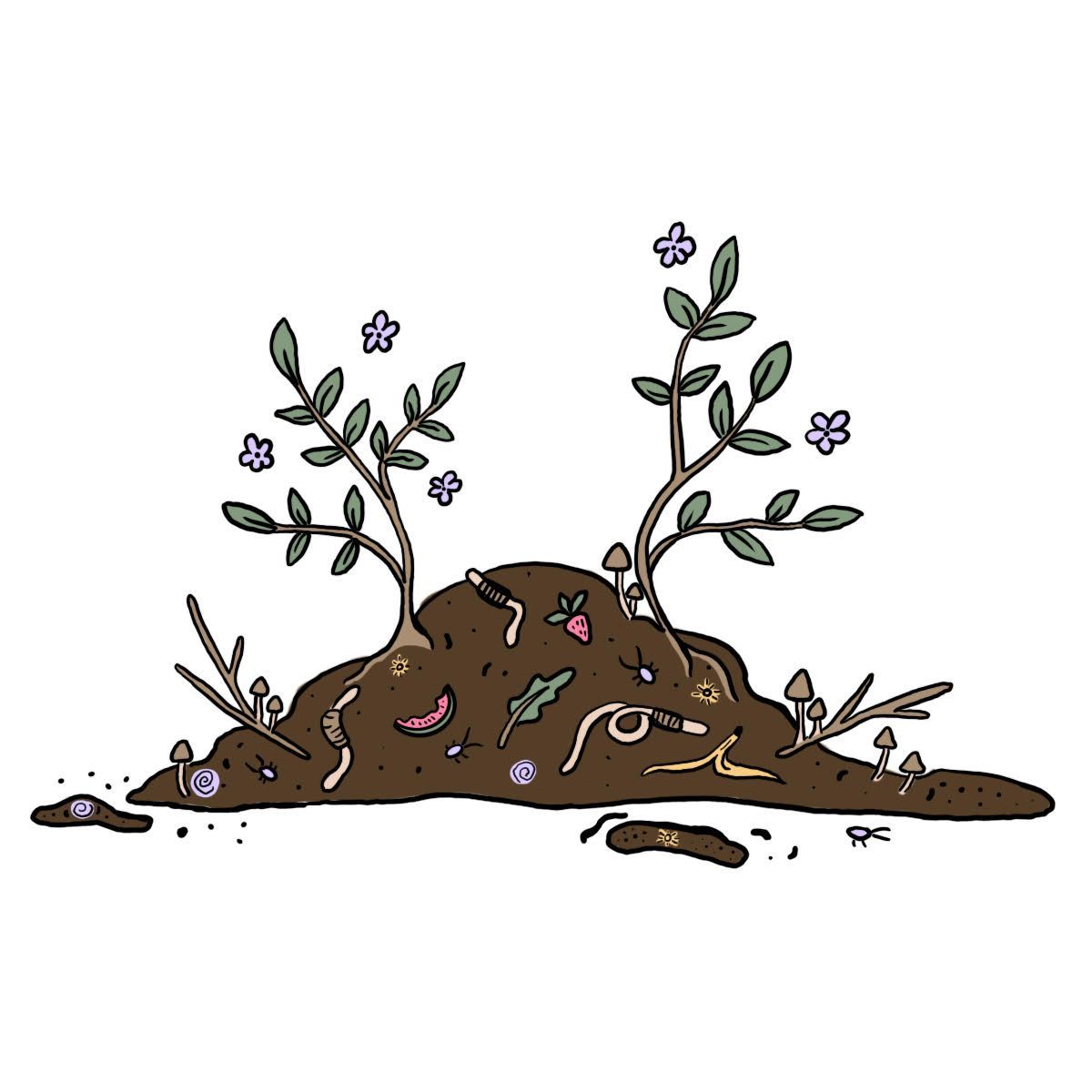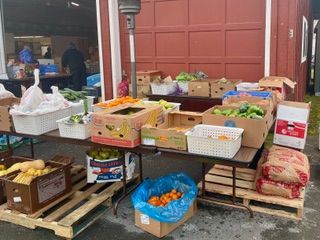Measuring Regenerative Gardening Results
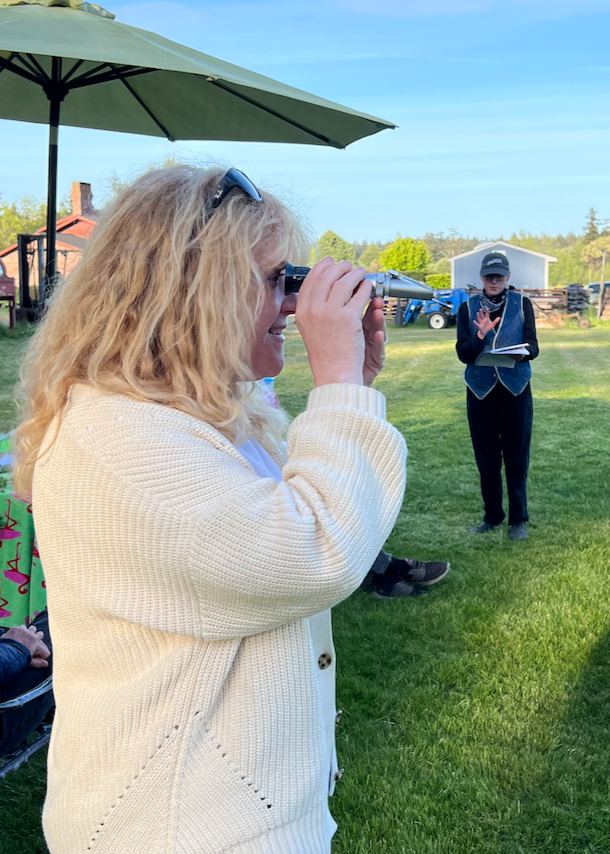
Healthy plants start with healthy soil
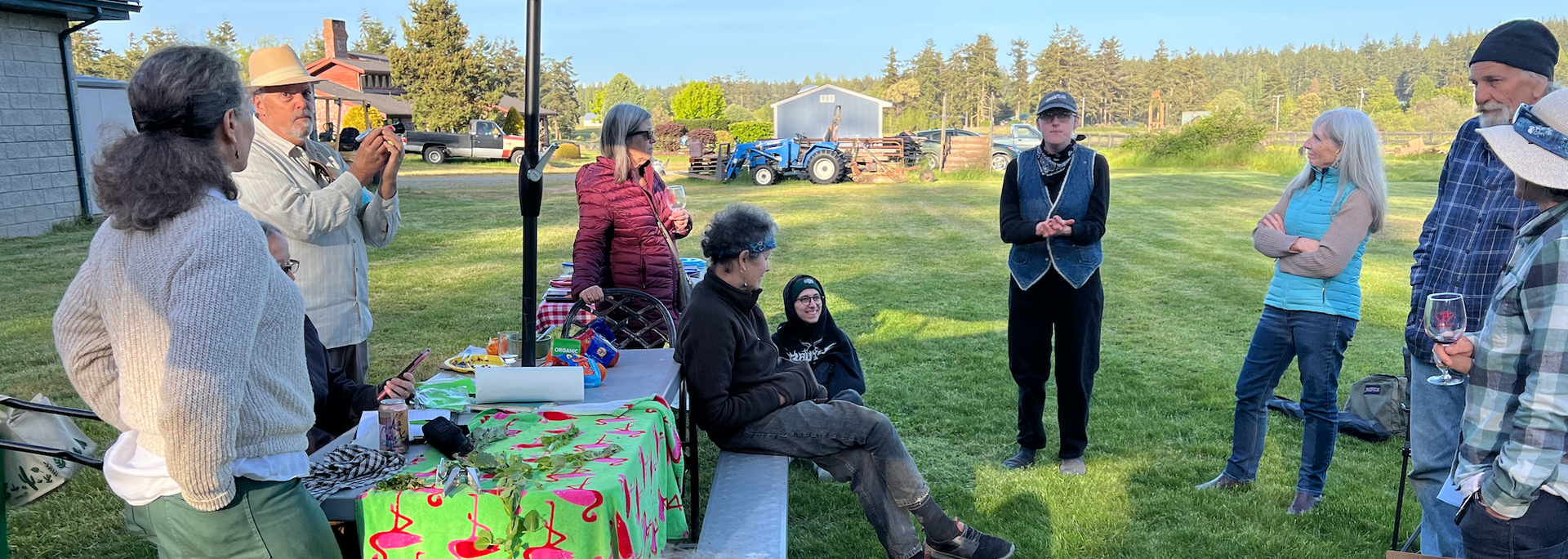
5-22-24
One of the benefits of working in a Food Bank Garden is having access to in-depth gardening education. Last month's volunteer gathering at FairWinds Winery was focused on regenerative gardening techniques and how to measure the increased sugars/nutrients in the plants we are growing.
Bear Belle spoke on the processes that work to create a regenerative or "living" soil, and
Noreen Andrews
demonstrated how to use a Brix Refractometer to determine the level of sugars in plant leaves indicating its health and nutrient density.
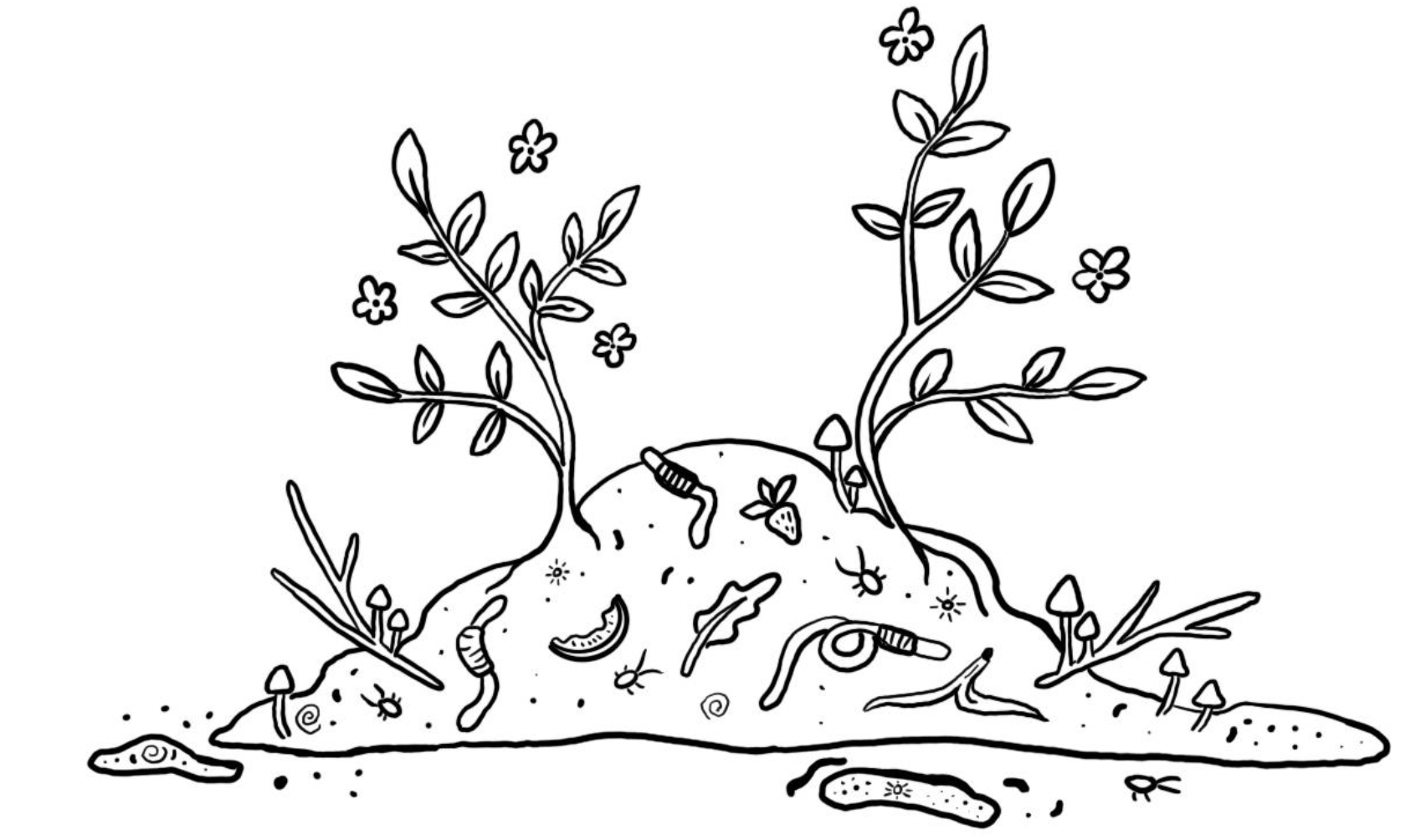
All soil is dirt, but not all dirt is soil.
Dirt is just a substrate, like glass beads in a vase holding up a flower, but it becomes "a living soil" when a community of microbes, insects, and animals along with with air and water work together to bring nutrients to plant roots. Encouraging a thriving community is essence of regenerative gardening that builds a richer and deeper soil community each year.
Bear shared ideas on how to enhance this growth with compost teas, choosing the right cover plants, and creating an active compost where bugs, worms, fungi, and microbes get their start breaking down garden waste.
Later they distributed pages of content we could save to our computers or print out covering:
- Plant & Compost Teas
- Compost Coloring Page
- Cover Crop Guides
- Soil Management Guides
- Boosting Nutrient Density.
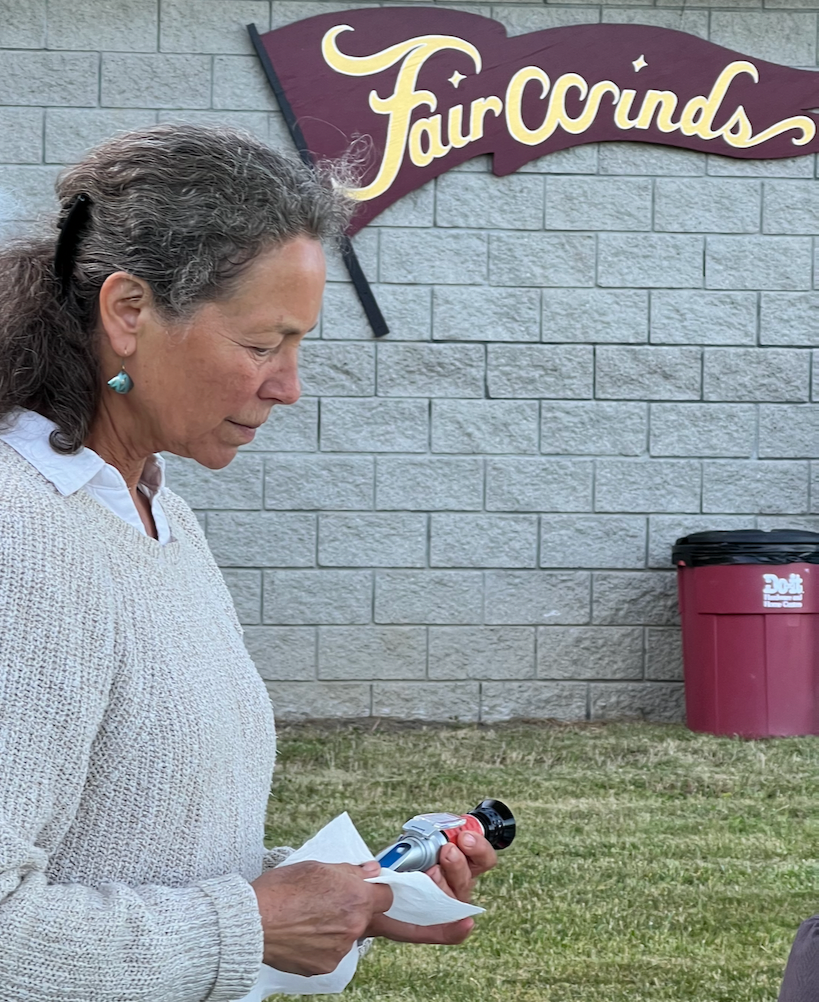
Above: Noreen Andrews holds a Brix Refractometer which works by placing the juice of plant leaves onto the blue slide area and then looking to see the color density on a display inside the instrument. How do you extract leaf juice? Use a garlic press. Brilliant. The more dense the sugars/minerals the higher the Brix number. Noreen found that lettuce was low on the Brix scale and that the darker/greener leaves were higher.
Our thanks to Bear and Noreen for the information, Michelle Cavett of FairWinds for supplying the wine, and to all who brought imaginative dishes made from garden fresh food -- we love our Food Bank Growers!
Related Topics
QUICK LINKS
GARDENS
All Rights Reserved | Food Bank Growers
